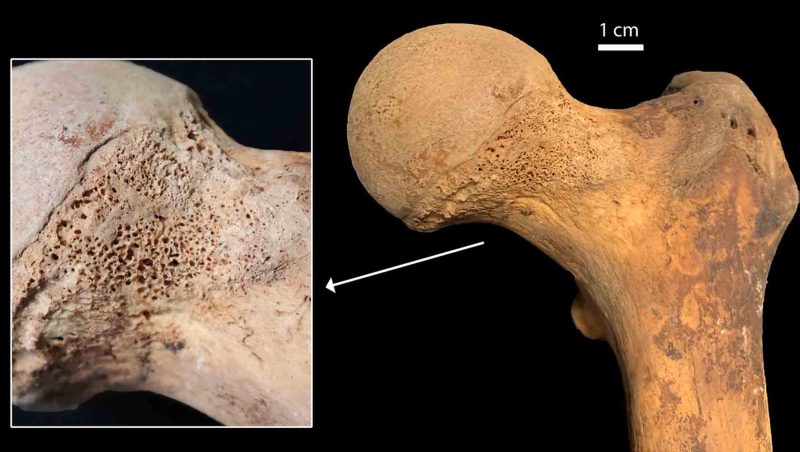Research published this month in The Journal of Archaeological Science by a team of scientists shows that people who lived in Milan during the 17th century used cannabis for medicinal, and, possibly, recreational purposes.
A teenage boy and a woman in her 50s who were buried sometime between 1638 and 1697 were analysed using a unique toxicology method which found traces of both tetrahydrocannabinol (THC) and cannabidiol (CBD) in their thigh bones.
In total the team of scientists and archaeologists examined samples from the remains of nine people found buried underneath Milan’s Ca’ Granda hospital. Radiocarbon dating confirms they were all buried sometime in the 17th century.
Records dating from the same period do not mention cannabis as a medicine used by the hospital which might suggest that people buried there may have been using weed at home to help with medical conditions, or perhaps for recreational purposes.
The discovery of cannabis in the skeletal remains of our pre-modern ancestors is a world first, which is partly due to the limited number of laboratories where this type of experiment can be conducted, and also because at the time when these people lived cannabis was prohibited under order from the Pope.

Biologist and doctoral student Gaia Giordano at the University of Milan’s Laboratory of Forensic Anthropology and Odontology (LABANOF) and Laboratory of Toxicological Investigation said, “We know that cannabis has been used in the past, but this is the first study ever to find traces of it in human bones,”. This is an important finding, because there are very few laboratories that can examine bones to find traces of drugs.”
The significance is further explained in the paper, “Toxicological investigations on historical and archaeological remains are rare in literature but constitute a different and potent tool for reconstructing the past, and in particular for better understanding remedies and habits of past populations. Archeotoxicological analyses have been performed on hair samples collected from pre-Columbian Peruvian mummies revealing the presence of cocaine or nicotine.”
Despite the papal ban on cannabis being used as a medicine and intoxication, hemp was grown and used extensively for rope, textiles, and paper, and was an important part of life at the time.
A former Italian senator, Marco Peruca, who in 2021 led a referendum on legalising cannabis told Italian reporters that the popularity of hemp made it likely that its psychoactive use would have been widespread, “People used to smoke and make ‘decotta,’ or boiled water, with all kinds of leaves, so it is very difficult to identify what was the habit back then, but because hemp was used for so many industries, it’s possible that people knew those plants could also be smoked or drunk.”
“This was a plant belonging to another culture and tradition that was intertwined with religion,” said Perduca, who says it travelled centuries ago to Italy from the eastern Mediterranean.
“So anything and everything that had to do with a non-purely Christian set of rules…was supposed to be linked with paganism and movements not only against the Church but against the [Holy Roman] Empire.”
Archaeologists have found evidence of the ancient use of cannabis in other countries too, including India, Ukraine and Israel.
This story first appeared on leafie, view here
Author: Kevin Dinneen

